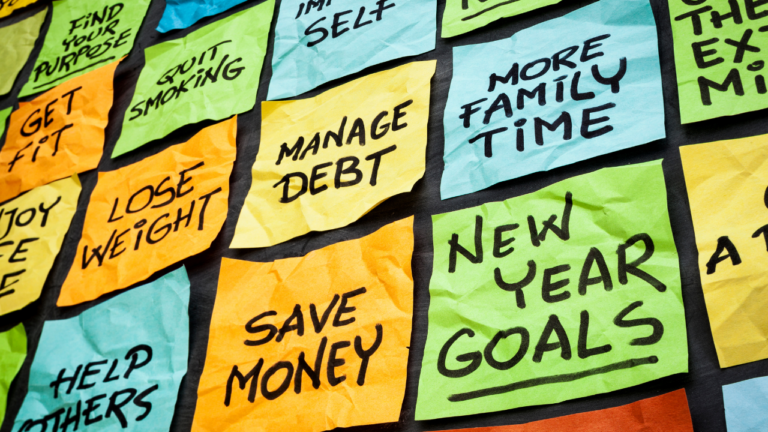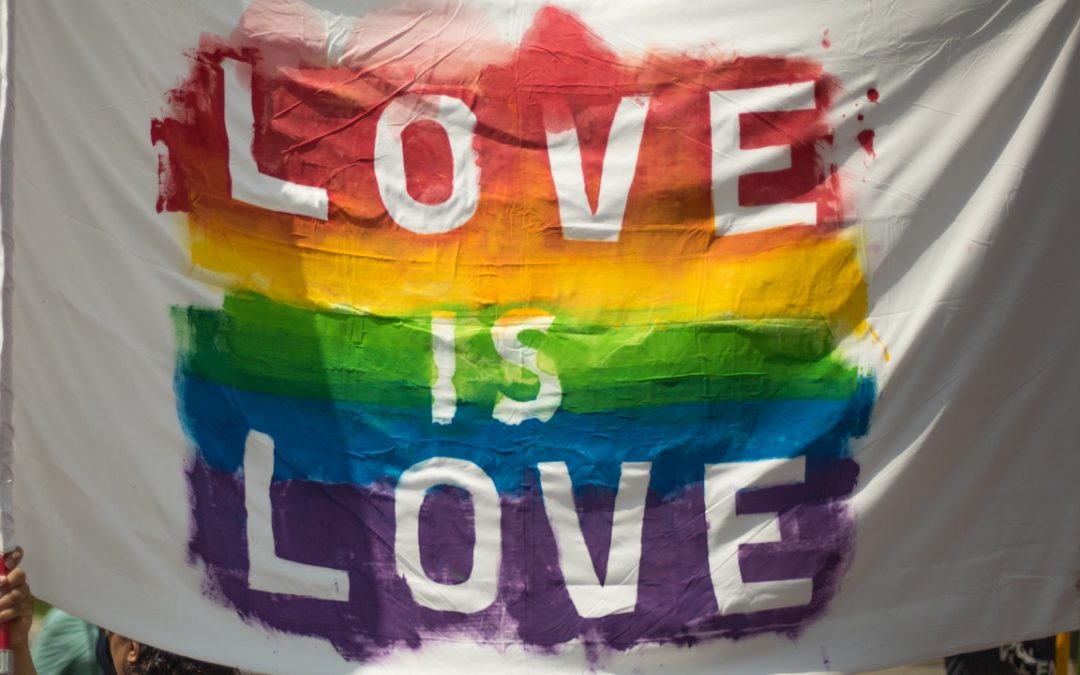Shelby Williams Adolescent and Young Adult PsychotherapistHow to Set Healthy New Year's Resolutions It’s that time of...


Shelby Williams Adolescent and Young Adult PsychotherapistHow to Set Healthy New Year's Resolutions It’s that time of...

Shelby Williams Adolescent and Young Adult PsychotherapistHistory of the Pride Flag Throughout the years, there has...
Shelby Williams Adolescent and Young Adult Psychotherapist Benefits of Yoga Yoga is an ancient health practice that...
The page you requested could not be found. Try refining your search, or use the navigation above to locate the post.